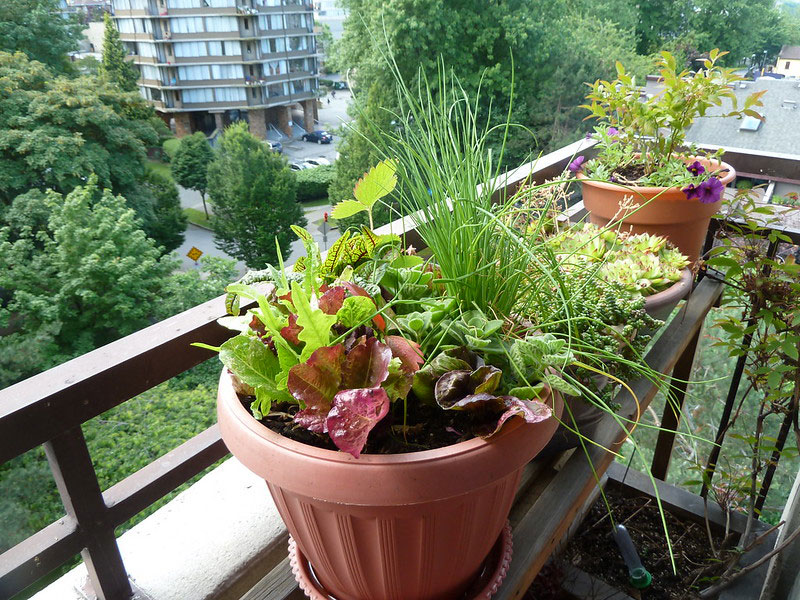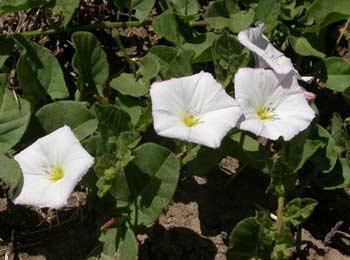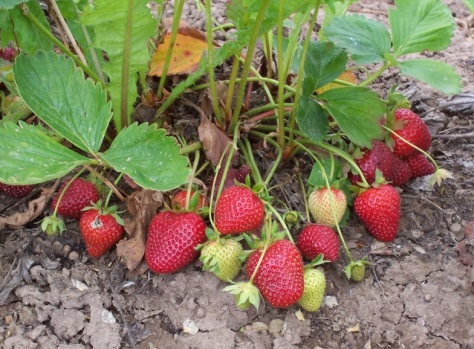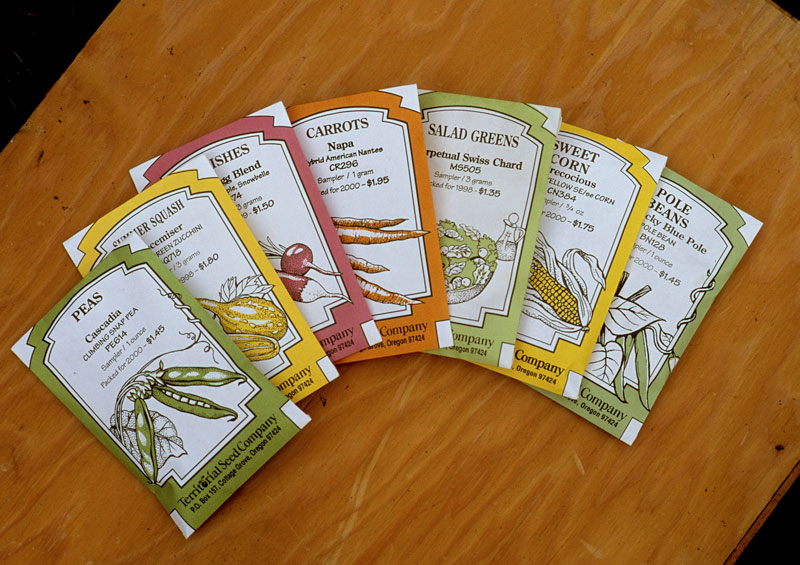By Margaret Bayne, OSU Extension Service Staff-retired, OSU Master Gardener
Plant lists that shouldn’t exist. (Linda Chalker-Scott, WSU; gardenprofessors.com)
https://bit.ly/3oM7NEo
The contrarian rosarian–debunking rose mythology. (Jim Downer, U of CA; gardenprofessors.com)
https://bit.ly/3dH9KLI
Why insects are more sensitive than they seem. (Zaria Gorvett, BBC)
https://bbc.in/3oKm3xe
NEW PUBLICATION: A PNWBBA Guide to Habitat Management for Bumble Bees in the Pacific Northwest. (Downloadable PDF) (Rich Hatfield, Kurt Merg, and Joel Sauder, Xerces Society)
https://bit.ly/3GE2OeL
NEW PUBLICATION: The Pacific Northwest Bumble Bee Atlas: Summary and Species Accounts-A collaboration between the Xerces Society, Idaho Department of Fish and Game, and Washington Department of Fish and Wildlife. (Downloadable PDF) (Rich Hatfield, Leona Svancara, Leif Richardson, Joel Sauder, and Ann Potter; Xerces Society)
https://bit.ly/3GE7FNo
Genetic Analysis Reveals the Origins of the World’s Most Common Honeybee Species. “The western honeybee hailed from western Asia seven million years ago, ending the contentious debate over where these buzzy critters originated.” (Rasha Aridi, Smithsonianmag.com)
https://bit.ly/3IRPYMa
Myth Busting for Extension Educators: Reviewing the Literature on Pruning Woody Plants.
(Linda Chalker-Scott, WSU & Jim Downer, U of CA; Journal of the NACAA)
https://bit.ly/3q6R3XZ
Prevalence of Different Horticultural Taxa of Ivy (Hedera spp., Araliaceae) in Invading Populations. “‘English’ ivy (Hedera spp.) is a complex of invasive plant pests that are separated into several distinct taxa. To better understand the invasion by ivy of Pacific Northwest native forests, we investigated the taxonomic identity of 58 selected invasive populations in the Pacific Northwest.” (Midori M. Clarke, Sarah Reichard, Clement W. Hamilton; via researchgate.net)
https://bit.ly/3rVtpjB
Symptoms and Signs for Plant Problem Diagnosis – An Illustrated Glossary. A great resource for diagnosticians! (Janna Beckerman and Tom Creswell, Department of Botany and Plant Pathology, Purdue University)
https://bit.ly/3ygsrPU
“Your Christmas tree may be adorned with lights and glitter. But 25,000 insects, mites, and spiders are sound asleep inside the tree.” (University of Bergen via Sciencedaily.com)
https://bit.ly/3dHMQnx
Why Giant Hornets Rub Their Abdomens on Beehives Before Attack. (Paige Embry, Entomologytoday.com)
https://bit.ly/3rTWqw5
VIDEOS:
Basics of Tree Identification-Twigs (Mo_Plant_Daddy_ via Youtube.com)
https://bit.ly/3oNyQzc
Basics of Tree Identifcaiton-Leaves (Mo_Plant_Daddy via Youtube.com)
https://bit.ly/3GyW9Th
Binomial Nomenclature: sp. vs. spp. (Mo_Plant_ Daddy via Youtube.com)
https://bit.ly/3IJHnuC























